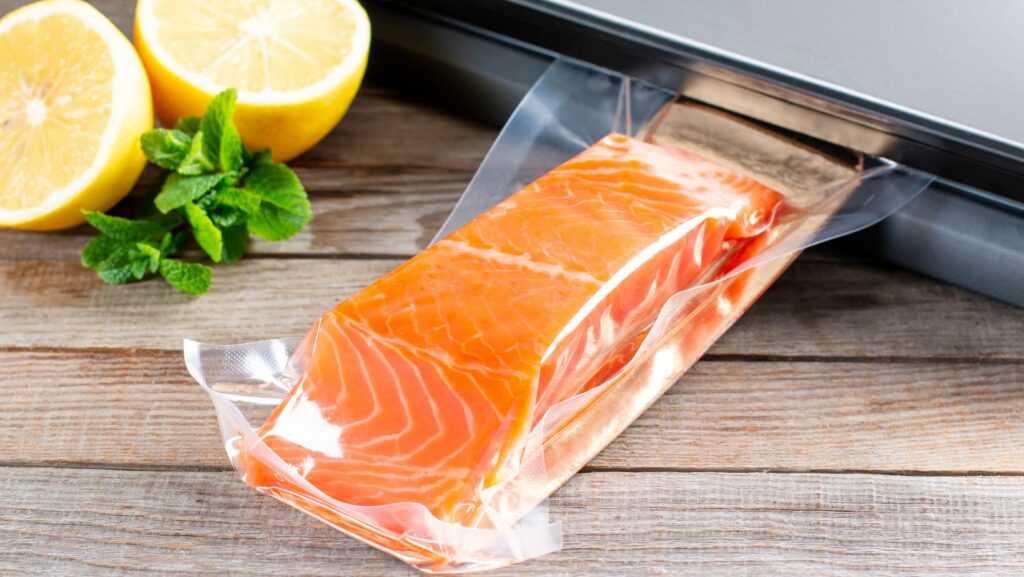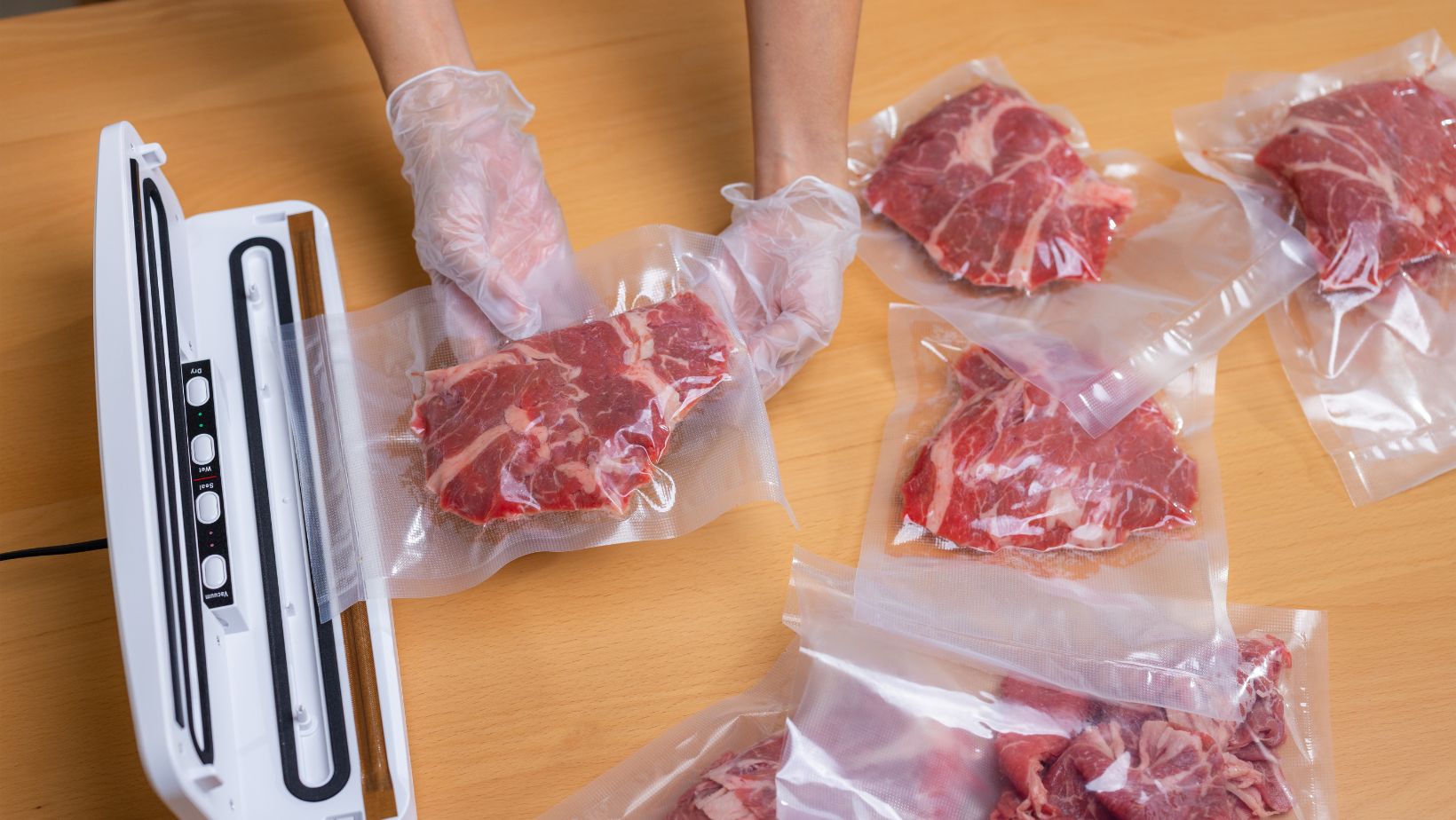Contents
Table of Contents
ToggleDoes Vacuum Sealing Preserve Food
When it comes to preserving food, vacuum sealing is a popular method that has gained widespread recognition. But have you ever wondered how vacuum sealing actually works and why it is so effective? In this article, I’ll delve into the science behind vacuum sealing and explain how it helps preserve food for extended periods of time.
Vacuum sealing involves removing air from the packaging before tightly sealing it. By eliminating oxygen, one of the primary factors responsible for food spoilage, vacuum-sealed packages create an environment in which bacteria and other microorganisms struggle to survive. Without oxygen, the growth of spoilage-causing bacteria is significantly slowed down or even halted altogether.
Additionally, vacuum sealing prevents moisture loss from the food. When exposed to air, many foods can become dehydrated over time, leading to changes in texture and taste. However, by removing air from the packaging, vacuum-sealed bags help retain moisture within the food, preserving its quality and freshness.
How Does Vacuum Sealing Preserve Food?
Vacuum sealing is a fascinating process that plays a crucial role in preserving the freshness and quality of food. But have you ever wondered how it actually works? Let’s dive into the science behind vacuum sealing.
When food is vacuum sealed, it is placed in an airtight bag or container from which the air is completely removed. This absence of air creates an environment that inhibits the growth of microorganisms, such as bacteria and mold, which are responsible for food spoilage. Without these oxygen-loving organisms present, the food stays fresher for longer periods.
One of the key culprits behind food spoilage is oxidation – exposure to oxygen causes chemical reactions that lead to degradation and deterioration. By removing the air through vacuum sealing, we greatly reduce these oxidative processes, helping to preserve both taste and nutritional value.
It’s important to note that while vacuum sealing significantly prolongs shelf life, it does not guarantee indefinite preservation. Certain factors like temperature fluctuations and improper storage conditions can still impact the quality of vacuum-sealed foods over time.
Proper Storage Techniques
When it comes to preserving food, vacuum sealing is a game-changer. Not only does it extend the shelf life of various perishable items, but it also helps maintain their quality and nutritional value. To ensure that your vacuum-sealed foods stay fresh and safe for consumption, here are some proper storage techniques to keep in mind:
- Cool and Dry Environment: It’s crucial to store your vacuum-sealed foods in a cool and dry place. Exposing them to heat or moisture can compromise their freshness and promote the growth of bacteria or mold.
- Freezer-Friendly Packaging: If you plan on storing your vacuum-sealed items in the freezer for an extended period, opt for freezer-friendly packaging materials. These include thick plastic bags or specially designed containers that can withstand extremely low temperatures without risking freezer burn.
- Labeling: Properly labeling your vacuum-sealed food packages is essential for easy identification and organization. Make sure to include the date of sealing to keep track of their freshness.
- Avoid Overpacking: While it may be tempting to squeeze in as much food as possible into each bag, overpacking can hinder the effectiveness of the vacuum seal. Leave enough space inside the package for air removal, ensuring a tight seal.
- Use Portion Sizes: Consider dividing larger quantities of food into smaller portion sizes before vacuum sealing them. This allows you to take out only what you need at a time while keeping the rest safely sealed until further use.
- Store Similar Items Together: Grouping similar foods together can help minimize cross-contamination risks and make meal planning more efficient. For instance, store raw meats separately from fruits or vegetables to prevent any potential flavor transfer.
- Regular Inspection: Periodically check your vacuum-sealed packages for any signs of damage or loss of seal integrity. This will allow you to identify any issues early on and prevent spoilage.
By following these proper storage techniques, you can maximize the benefits of vacuum sealing and ensure that your preserved foods retain their freshness, flavor, and nutritional value for an extended period. So go ahead, embrace the power of vacuum sealing and enjoy the convenience of longer-lasting food!


